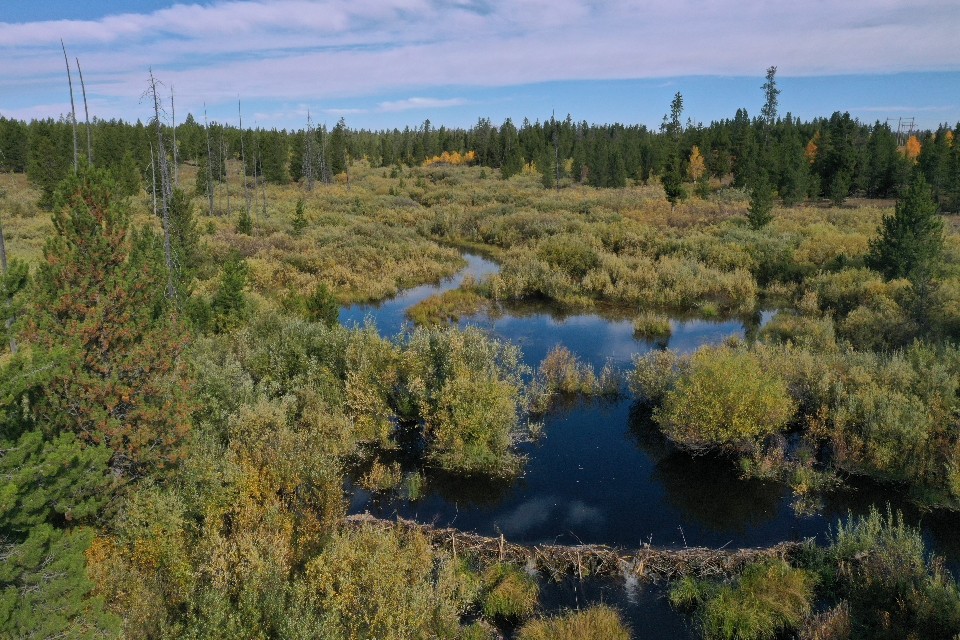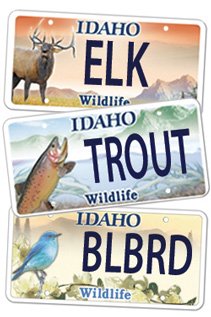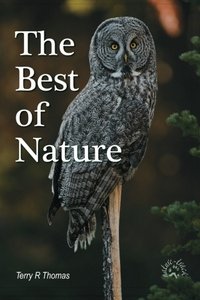Water Part 3

Keeping water naturally on the landscape is going to be a challenge in the future as human needs and wants for this resource continue to grow.
The poem/short story (54 pages with illustrations) Rime of the Ancient Mariner, by Samuel Taylor Coleridge, is about a sailing ship becalmed at sea when, “down dropt the breeze, the sails dropt down” and the sailors soon ran short on fresh water. Coleridge then penned these now famous words, “water water everywhere, nor any drop to drink.” Sailors surrounded by an ocean of water and suffering from thirst has become a metaphor for being surrounded by riches and unable to benefit from it.
It may be a surprise to know that astronauts within our solar system might sing a similar song. There are 23 planets and planet moons that have water. However, most of it is either ice or saltwater or both. The Jupiter moon, Europa, is thought to have a salty sea beneath its icy surface and has long been considered the best chance for extra-terrestrial life (not intelligent life though) in the solar system, but freshwater sources are unpredictable.
What about our planet though? Is there fresh water enough for current and future needs? According to the World Resources Institute, there are 25 countries, housing half of the world’s population, that are facing “extremely high water stress” for at least one month of each year.
Before we proceed, a few definitions are in order. First, water stress is the ratio of available water to renewable supply. The smaller the gap between these numbers, the higher the water stress. Extremely high water stress means that the country is using 80 percent of its available supply each year. High stress means that the country is using 40 percent of its available supply each year. Medium-high water stress, which is where the United States falls, is a country that uses 20-40 percent of its available water supply.
Countries dealing with extremely high water stress are just a small drought away from a very big problem. Most of these countries would be considered developing nations and have not made water conservation a serious priority. However, it can happen in well-developed countries as well. In summer of 2023, an area of southeast England suffered water shortages that forced the closure of a number of public schools when water literally quit flowing in their pipes. Citizens were urged to use water only for the most essential of functions. The same was true for Cape Town, South Africa in 2018.
Globally, the demand for water has more than doubled since I960. Between now and 2050, Global water demand is projected to increase by 20% to 25% and an additional one billion people will be living under extremely high water stress.
This is much bigger than having enough to drink. “Increased water demand is often the result of growing populations and industries like irrigated agriculture, livestock, energy production and manufacturing.” For instance, between 2017 and 2021, India lost 8.2 terawatt-hours of energy when there was not water enough to cool thermal powerplants. Lack of water will affect every facet of our industrial complex and the GDP of every affected nation.
Agriculturally, 60 percent of the world’s irrigated crops are in extremely high water stress countries. Yet, to feed the estimated 10 billion people who will be on this planet by 2050, we will need to produce 56 percent more calories than the globe produced in 2010. And somewhere in this whole process, we need to remember that we are not the only species on this planet.
We are pretty spoiled in our comfortable homes with indoor plumbing and a seemingly endless supply of water. We will eventually feel the pinch though, as industrial nations continually need more water and more water is not likely. We would be wise to support proactively seeking ways to reduce water use, recycle water where possible, protect watersheds, restore and protect wetlands, and incentivize water conservation in industries and agriculture. Then maybe we can happily say, “water water everywhere.”
Help Idaho Wildlife
When we traveled across the state in October 2017, we visited most of the Idaho Department of Fish and Game wildlife management areas. Most of the vehicles we saw using the wildlife management areas did not have wildlife plates. Buying wildlife plates is a great way for non-hunters and hunters alike to support wildlife-based recreation like birding.
C'mon folks, let's help Idaho's wildlife by proudly buying and displaying a wildlife license plate on each of our vehicles!
See below for information on Idaho plates. Most states have wildlife plates so if you live outside Idaho, check with your state's wildlife department or vehicle licensing division for availability of state wildlife plates where you live.
And tell them that you heard about it from Nature-track.com!

Wildlife License Plates
Great news! as of 2024, there are three NEW designs for license plates. They still are bluebird, cutthroat trout and elk, but they are beautiful.
Idaho Wildlife license plates provide essential funding that benefits the great diversity of native plants and wildlife that are not hunted, fished or trapped—over 10,000 species or 98% of Idaho’s species diversity. Game species that share the same habitats (such as elk, deer, antelope, sage-grouse, salmon, trout) also benefit from these specialty plates.
No state tax dollars are provided for wildlife diversity, conservation education and recreation programs. Neither are any revenues from the sale of hunting or fishing licenses spent on nongame species. Instead, these species depend on direct donations, federal grants, fundraising initiatives—and the Idaho Wildlife license plates.
Both my vehicles have Bluebird Plates. I prefer the bluebird because the nongame program gets 70 percent of the money from bluebird plates, but only 60 percent of the money from elk and trout plates - 10 percent of the money from elk plates supports wildlife disease monitoring and testing programs (to benefit the livestock industry) and 10 percent from cutthroat plates supports non-motorized boat access.
Incidentally, in 2014, the Idaho Legislature denied the Department of Fish and Game the ability to add new plates or even to change the name of the elk and cutthroat plates (very specific) to wildlife and fish plates, a move that would have allowed for changing images occasionally and generating more revenue. It would seem that they believe that we Idahoans don't want a well funded wildlife program.
I think it is time we let the Legislature know that Idahoan support wildlife funding and that we would like to see these generic plates come to fruition.

"WOW. What a phenomenal piece you wrote. You are amazing." Jennifer Jackson
That is embarrassing, but actually a fairly typical response to my nature essays. Since The Best of Nature is created from the very best of 16 years of these nature essays published weekly in the Idaho Falls Post Register (online readership 70,000), it is a fine read. It covers a wide variety of topics including humorous glimpses of nature, philosophy, natural history, and conservation. Readers praise the style, breadth of subject matter and my ability to communicate complex and emotional topics in a relaxed and understandable manner.
Everyone can find something to love in this book. From teenagers to octogenarians, from the coffee shop to the school room, these nature essays are widely read and enjoyed.
Some of the essays here are my personal favorites, others seemed to strike a chord with readers. Most have an important message or lesson that will resonate with you. They are written with a goal to simultaneously entertain and educate about the wonderful workings of nature. Some will make you laugh out loud and others will bring a tear to the eye and warm your heart.
Readers Write:
"You hit a home run with your article on, Big Questions in Nature. It should be required reading for everyone who has lost touch with nature...great job!" Joe Chapman
"We enjoyed your column, Bloom Where Planted. Some of the best writing yet. The Post Register is fortunate to have your weekly columns." Lou Griffin.
To read more and to order a copy, click here or get the Kindle version
Copies are also available at:
Post Register
Island Park Builders Supply (upstairs)
Barnes and Noble in Idaho Falls
Harriman State Park, Island Park
Museum of Idaho
Valley Books, Jackson Wyoming
Avocet Corner Bookstore, Bear River National Wildlife Refuge, Brigham City, Utah
Craters of the Moon National Monument Bookstore, Arco, Idaho